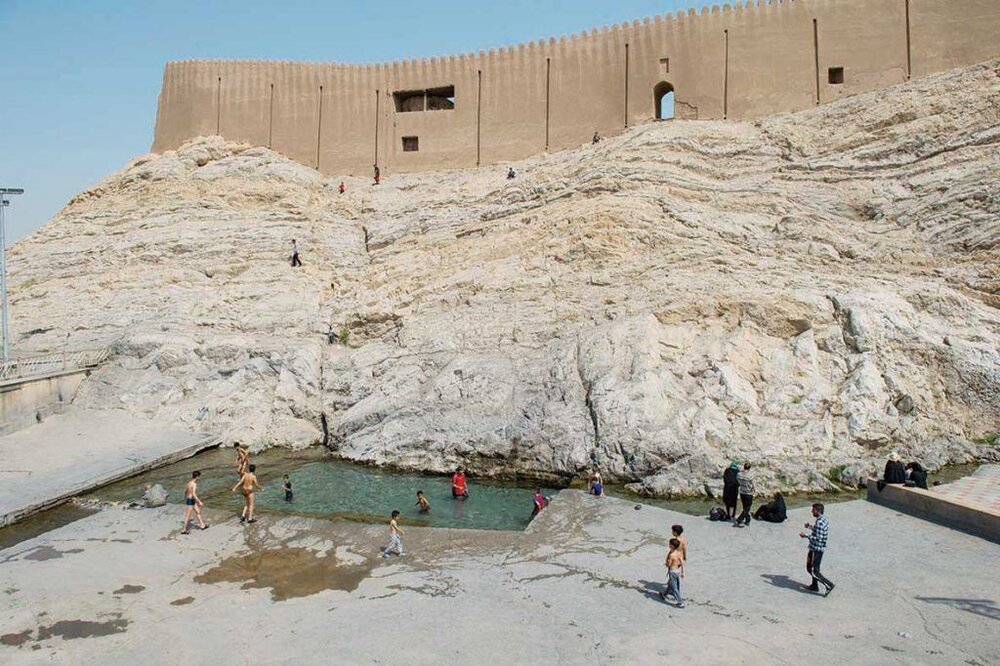An attempt to revive Cheshmeh-Ali, other ancient sites in Rey

TEHRAN – Following years of getting through the paperwork, Rey Municipality is to ratify a development plan which will pave the way for extra care and maintenance of Cheshmeh-Ali and some other historical sites across the ancient Iranian city.
Rey Municipality has formulated a plan to revive six historical sites and monuments that included Cheshmeh-Ali, Tughrul Tower, bn Babawayh Cemetery, and the archaeological hill and fortress of Rashkan.
“The plan was initially drafted in [the Iranian calendar year] 1390 (Mar. 2011-Mar.2012). However, it did not yield a result due to administrative procedures…..,” IRAN quoted a municipality official as saying on Monday.
Earlier this year, the historical, cultural, and recreational site of Cheshmeh-Ali was named a natural heritage amidst hopes to be properly safeguarded for the next generations.
Cheshmeh-Ali, literally meaning Spring of Ali, embraces an underground mineral stream that pours into an open-air pool that has long been a destination for sightseers and a recreational center for the locals. During the summertime, the site is occupied by hundreds of locals who came for swimming and having fun.
Cheshmeh-Ali is in the neighborhood of the ancient Ebn-e Babveyh cemetery, the 12th-century Tughrul Tower, the Rashkan fortress, and next to the aged Rey Castle. Another attraction of the site is a 19th-century rock-carved relief that overlooks the pool. The artwork was commissioned by the Qajar king Fath Ali Shah who reigned from 1797 to 1834. Cheshmeh Ali also contains an archaeological site estimated to date from the 4 millennium BC.
Rey was one of the capital cities of the Parthian empire (3rd century BC–3rd century CE) and it was captured by the Muslim Arabs in 641 CE. During the reign of the Muslim caliph al-Mahdi in the 8th century, the city grew in importance until it was rivaled in western Asia only by Damascus and Baghdad.
According to Britannica, Islamic writers described it as a city of extraordinary beauty, built largely of fired brick and brilliantly ornamented with blue faience (glazed earthenware). It continued to be an important city and was briefly a capital under the rule of the Seljuqs, but in the 12th century, it was weakened by the fierce quarrels of rival religious sects. In 1220 the city was almost destroyed by the Mongols, and its inhabitants were massacred. Most of the survivors of the massacre moved to nearby Tehran, and the deserted remnants of Rey soon fell into complete ruin.
AFM/
Leave a Comment